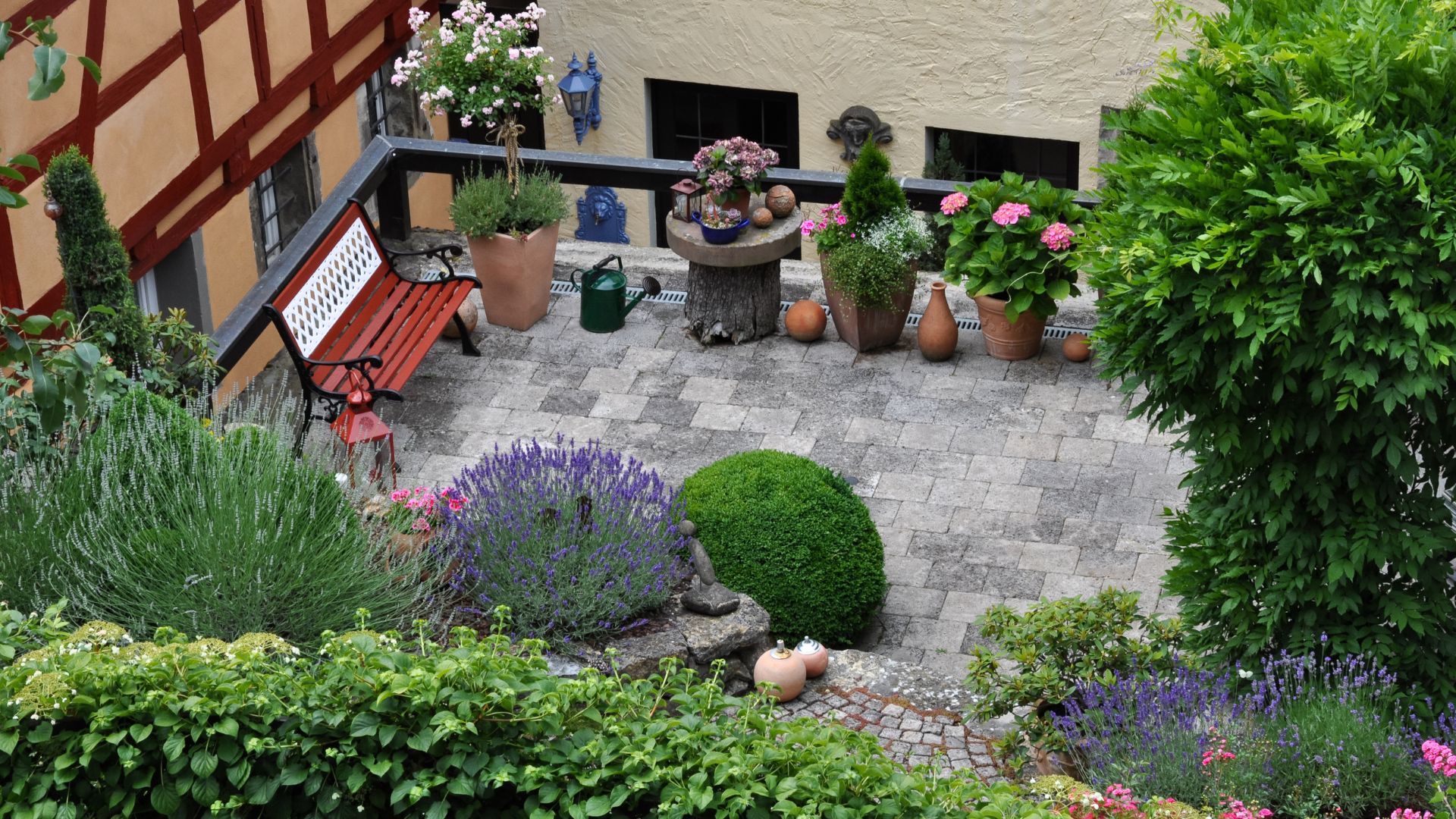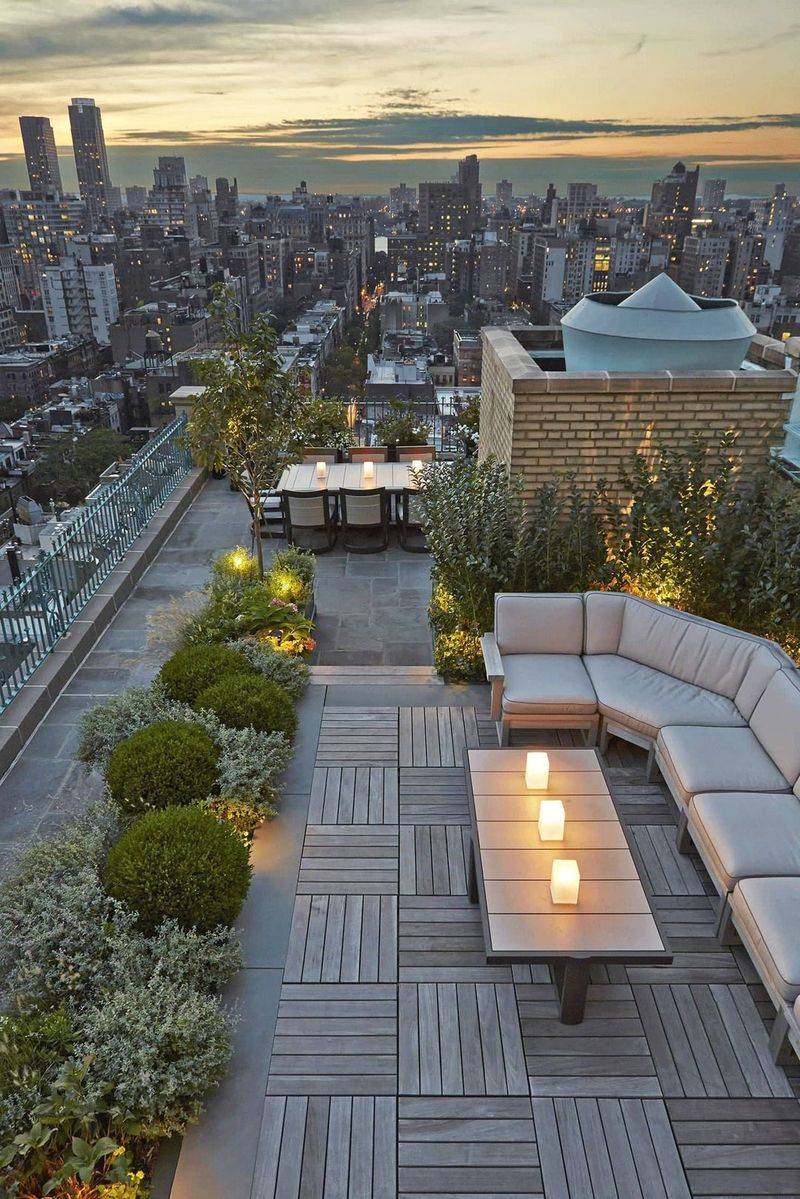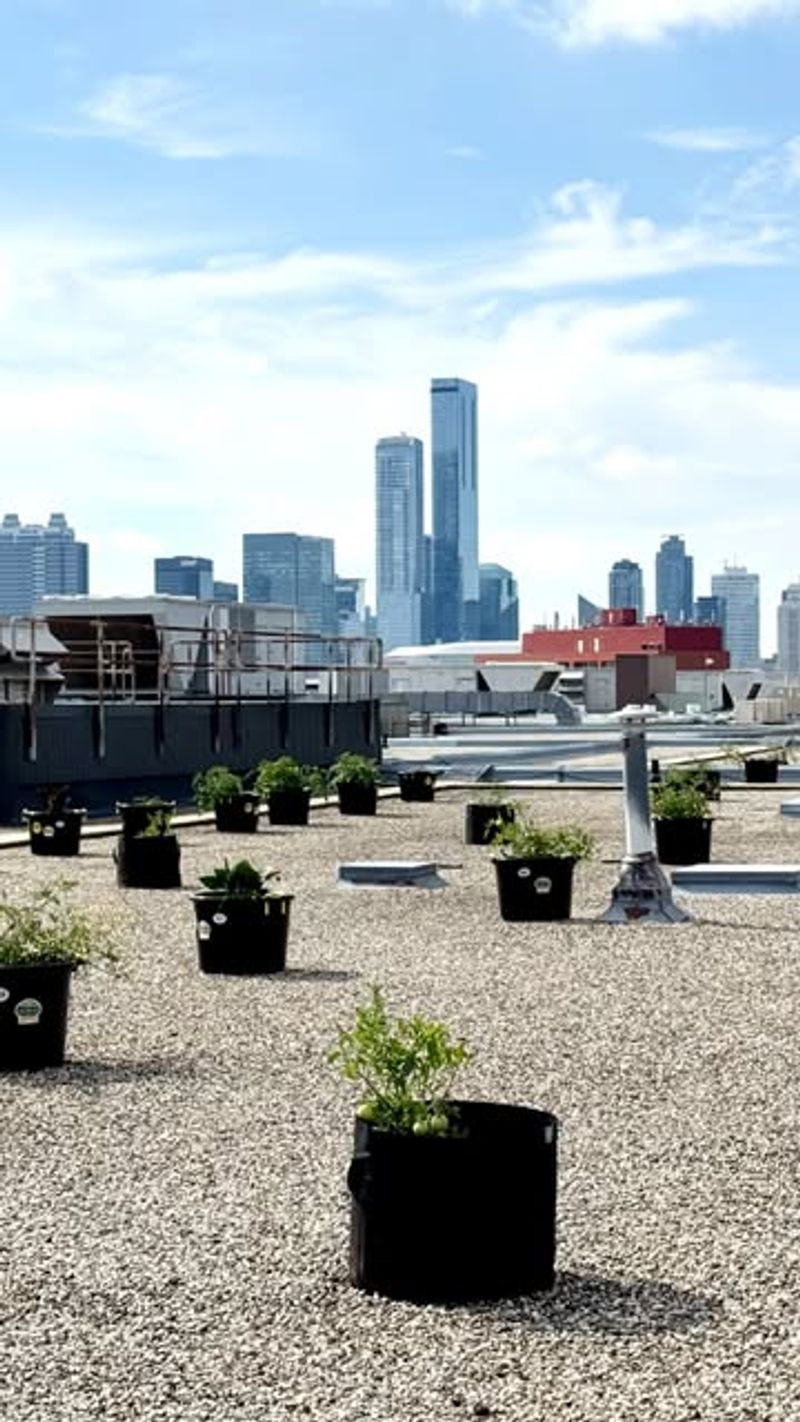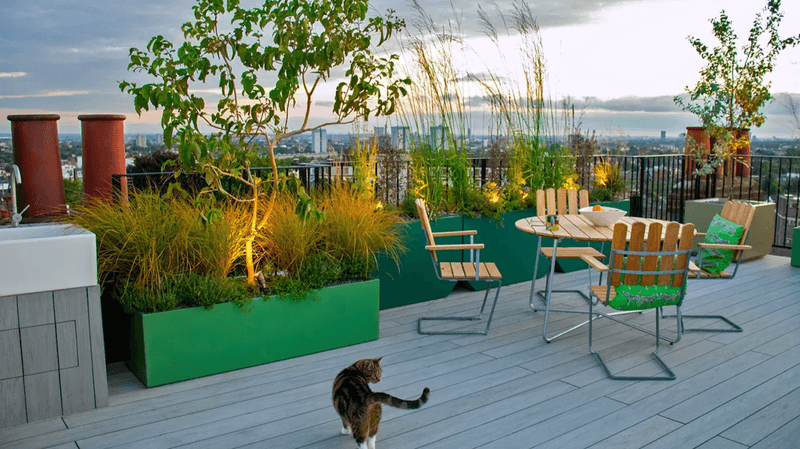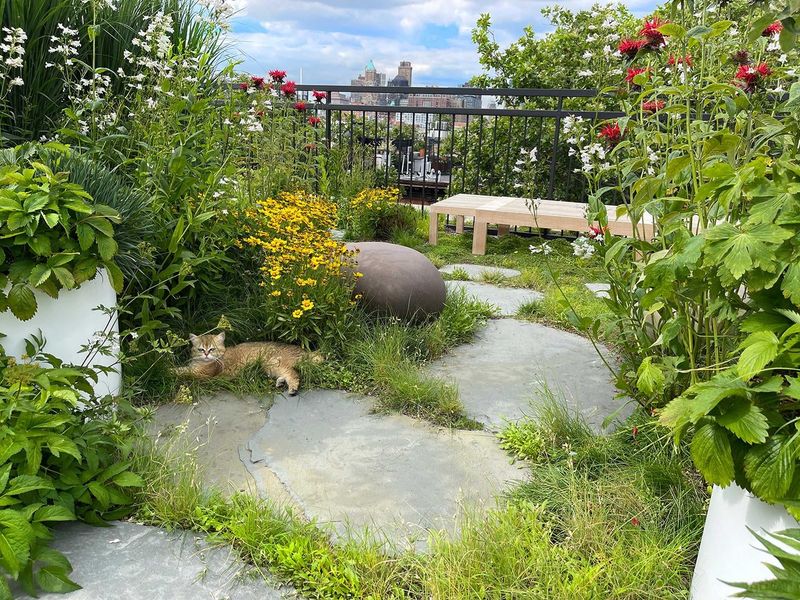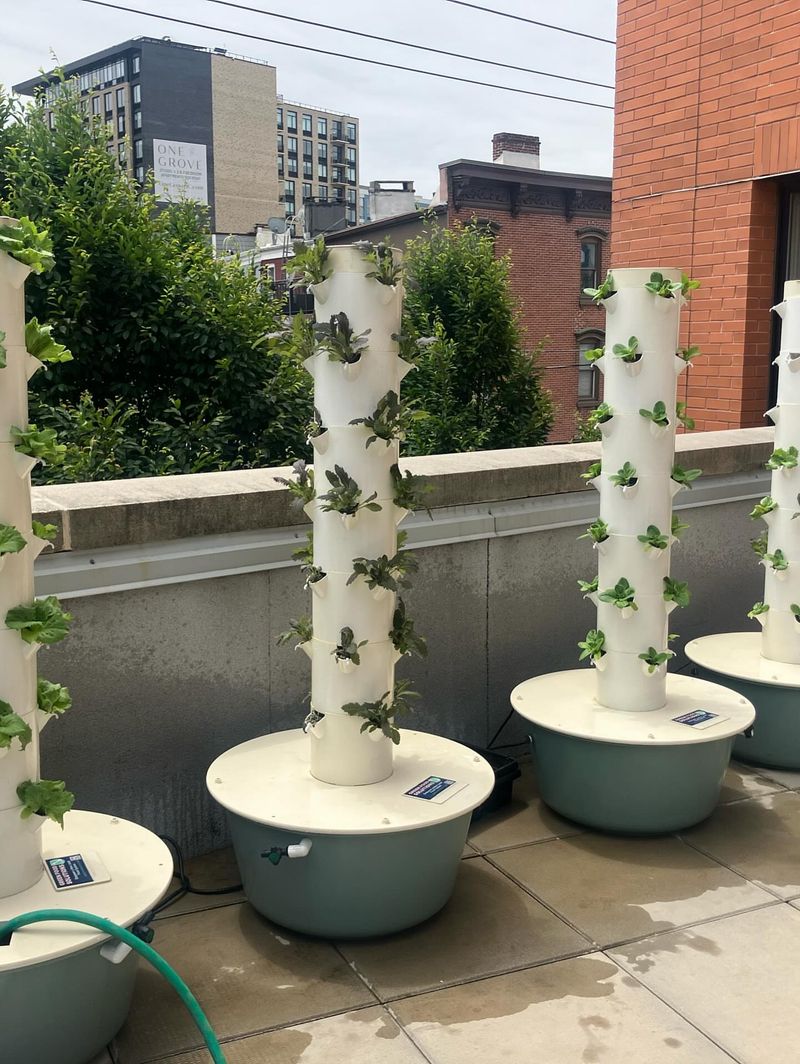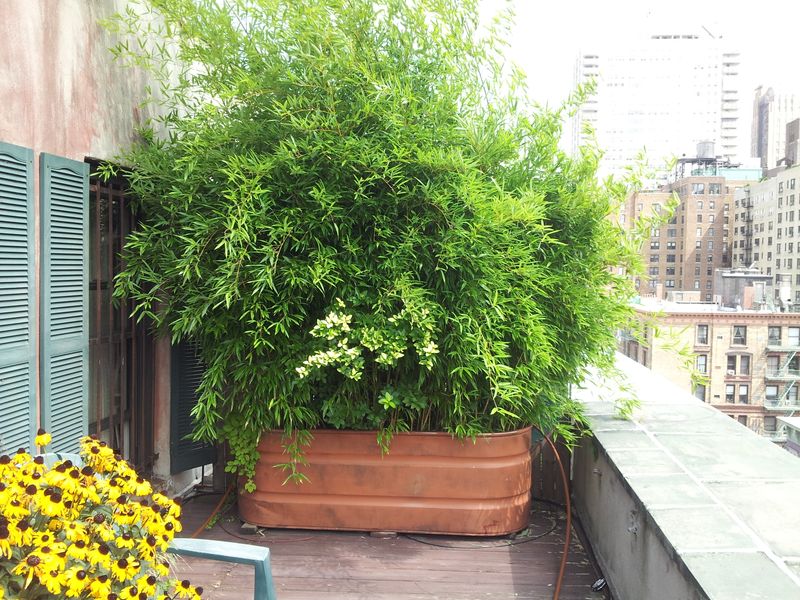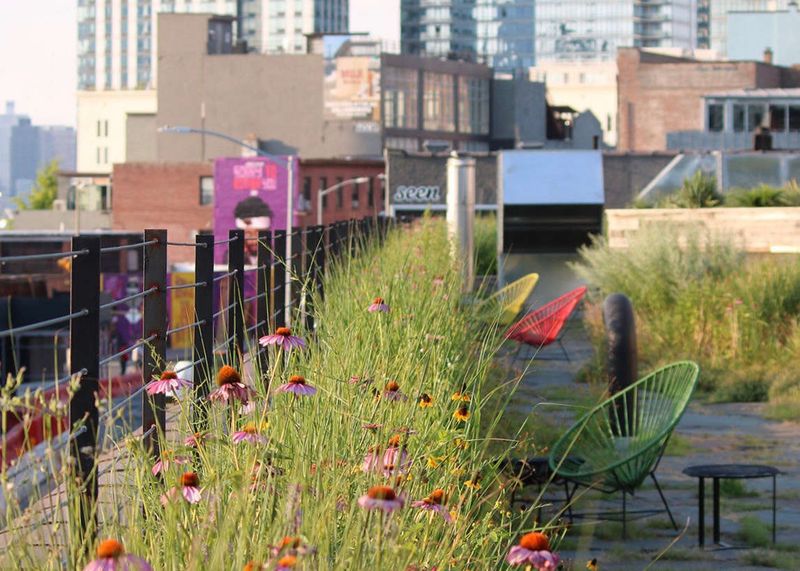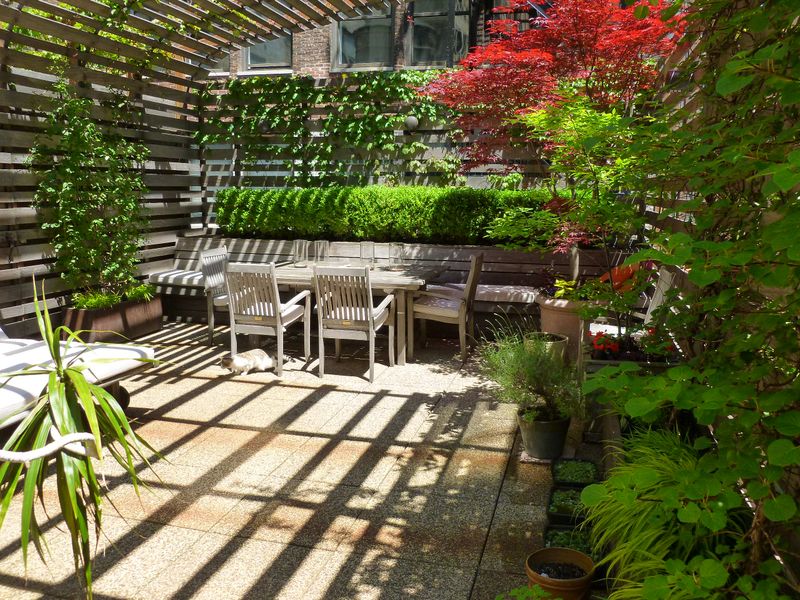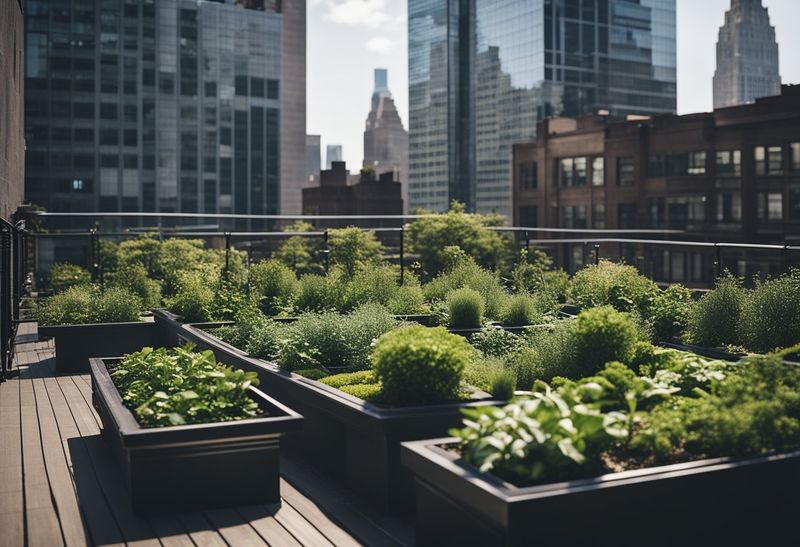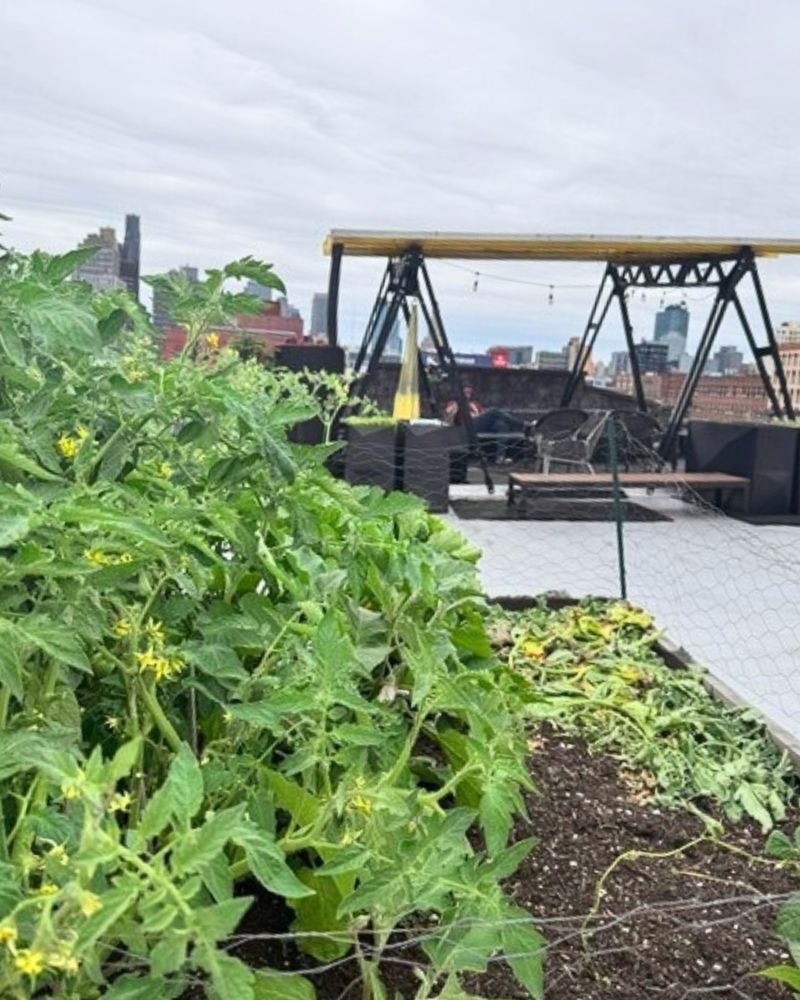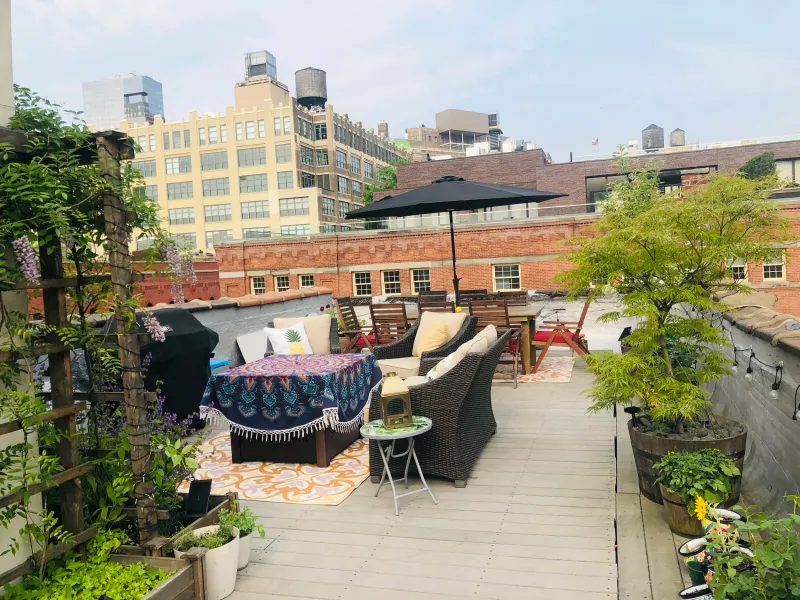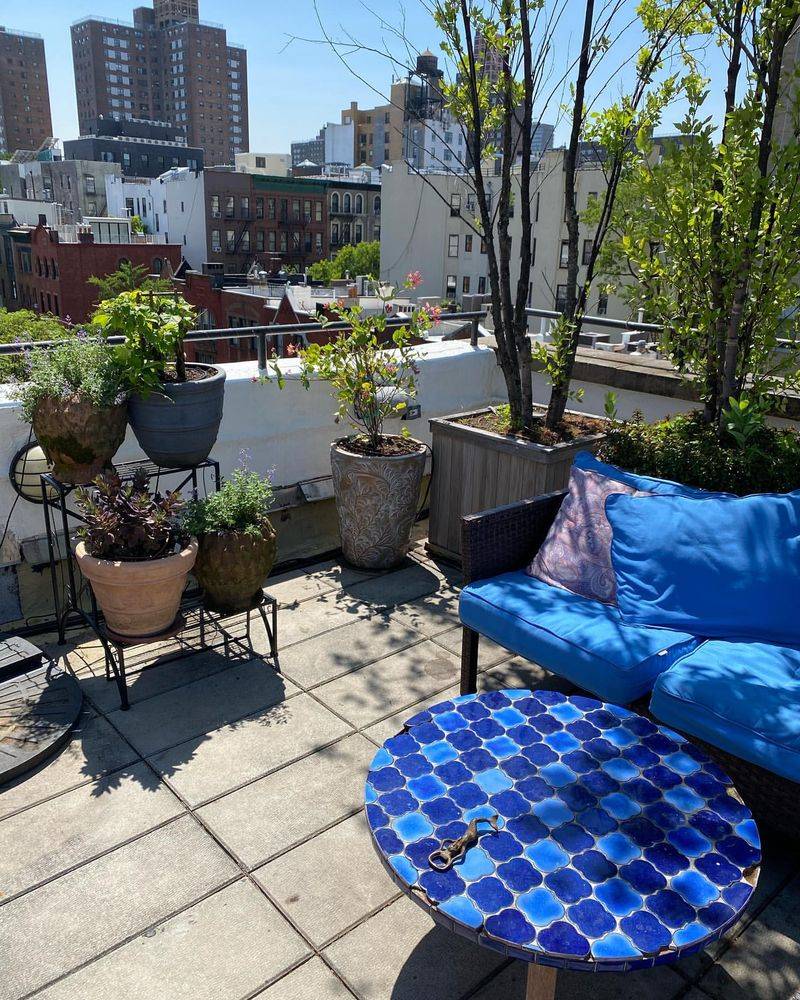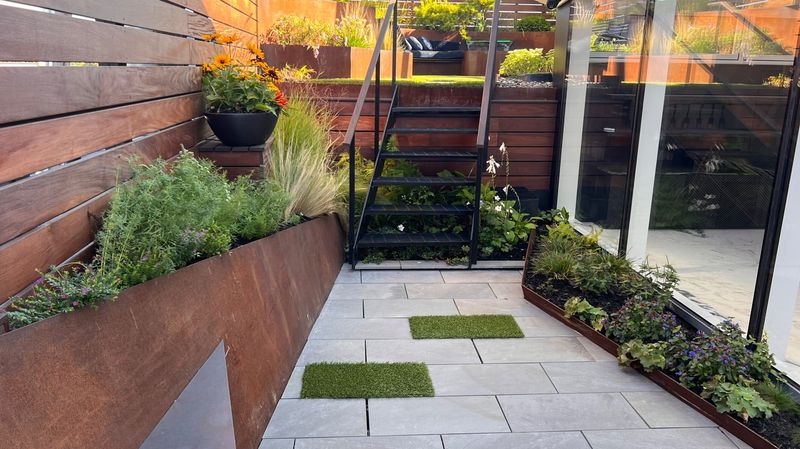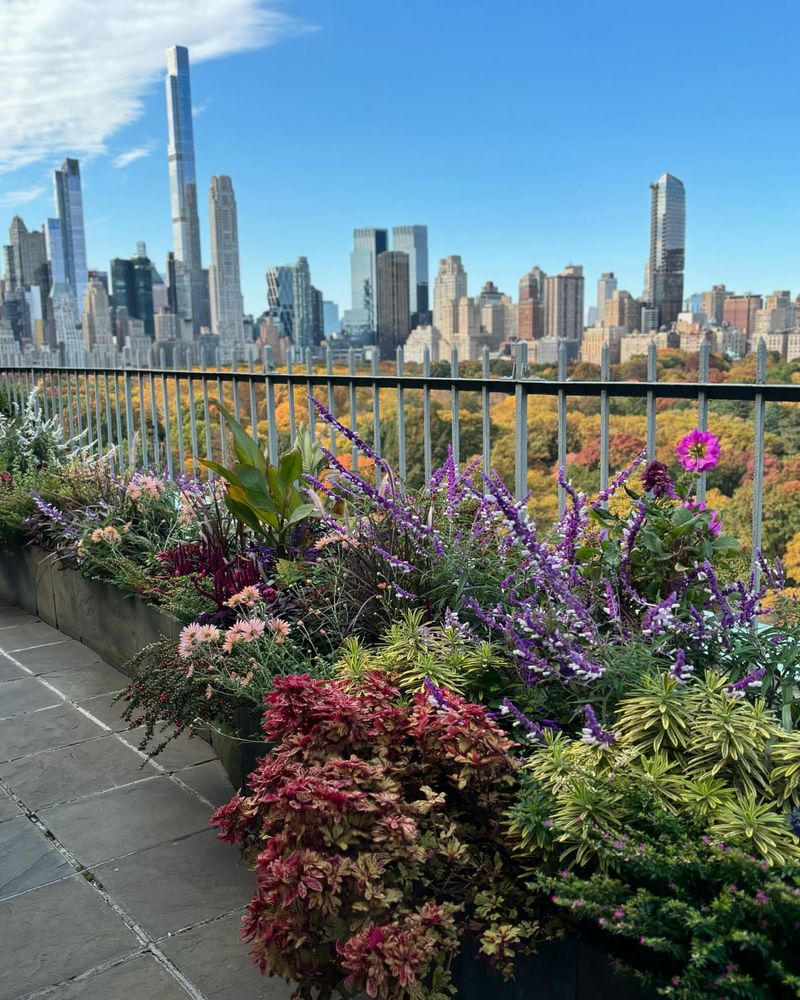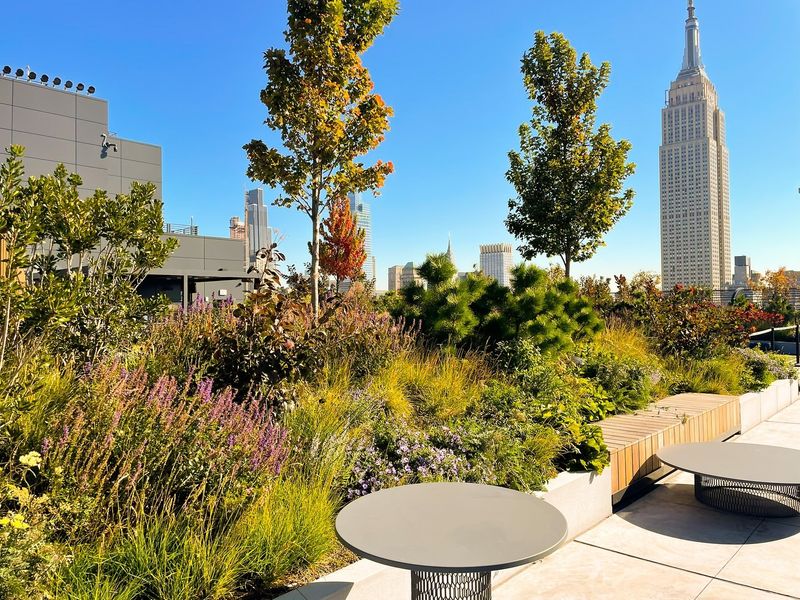Living in New York City doesn’t mean giving up on your dream of growing plants. Rooftop gardens are becoming a popular way for city dwellers to connect with nature, grow fresh food, and create a peaceful retreat above the busy streets.
NYC’s unique environment presents challenges like strong winds, limited space, and building regulations that can make gardening tricky. But with some smart planning and the right techniques, your rooftop can transform into a thriving green space.
I’ve learned that successful rooftop gardening in the concrete jungle requires specific approaches. These practical tips will help you create and maintain a rooftop garden that works with—not against—the realities of New York City living.
1. Check Building Regulations First
Before purchasing a single plant or container, contact your building management or co-op board. Many NYC buildings have specific rules about rooftop access and modifications.
Weight restrictions are particularly important since soil gets extremely heavy when wet. I once had to completely redesign my garden plan after learning about my building’s 30 lb per square foot limit.
Some buildings require professional installation or permits, while others prohibit certain types of containers or plants.
2. Lightweight Container Solutions
Traditional ceramic pots are too heavy for most NYC rooftops. Opt for containers made from fiberglass, plastic, or fabric grow bags that weigh significantly less.
Mixing regular potting soil with perlite or vermiculite creates a lighter growing medium without sacrificing plant health. My rooftop garden’s weight dropped by nearly 40% after switching to these alternatives.
Look for containers with built-in reservoirs to reduce watering frequency while keeping your plants happy.
3. Wind-Resistant Plant Selection
Manhattan’s high-rise canyons create wind tunnels that can damage delicate plants. Choose naturally wind-resistant options like lavender, ornamental grasses, and succulents that won’t break in gusty conditions.
Low-growing varieties typically fare better than tall, top-heavy plants. Group containers together to create protective microclimates where less hardy plants can thrive.
Sturdy herbs like rosemary and thyme stand up well to NYC’s breezy rooftops while providing fresh ingredients for cooking.
4. Secure Everything Down
Strong winds can send lightweight items flying off your rooftop. Attach containers to the roof structure using bungee cords or brackets where possible.
Tall plants need stakes or trellises firmly anchored to their containers. Garden furniture should be either heavy enough to withstand gusts or secured with straps.
After losing several plants during a summer storm, I started using a system of interlocking containers that provide stability while still allowing rearrangement as needed.
5. Map Your Sunlight Patterns
NYC’s dense skyline creates unique sunlight patterns that change throughout the day and seasons. Spend a week tracking sun exposure across different areas of your rooftop before deciding where to place plants.
Most vegetables need 6-8 hours of direct sunlight, while many herbs and shade-loving plants can thrive with less. Use a simple sun-tracking app to identify the sunniest spots.
Remember that winter sun angles differ dramatically from summer patterns in the city.
6. Vertical Growing Systems
Space comes at a premium in New York City, making vertical gardening essential for maximizing growing area. Wall-mounted pocket planters, trellises, and stackable containers let you grow more without expanding your footprint.
Climbing plants like cucumbers, beans, and certain tomato varieties naturally grow upward with proper support. Vertical systems also improve air circulation, reducing fungal problems common in crowded gardens.
My tiny Queens rooftop produces twice as much since implementing vertical techniques.
7. Automated Irrigation Setup
NYC summer heat can quickly dry out containers, while busy city schedules make daily watering difficult. Installing a simple drip irrigation system with a timer ensures consistent moisture even during heatwaves or weekend getaways.
Group plants with similar water needs together on the same irrigation line. Moisture sensors can be added to prevent overwatering during rainy periods.
Water early morning to reduce evaporation and comply with building rules about water runoff.
8. Weather Protection Strategies
New York weather swings from intense summer heat to freezing winters. Portable shade cloths can protect sensitive plants during heatwaves while allowing quick adjustment when clouds roll in.
For cold snaps, plant covers or mini greenhouse structures extend your growing season. Some Brooklyn gardeners I know use plastic milk jugs as individual plant cloches during unexpected spring frosts.
Position taller plants on the west side to shield others from harsh afternoon sun.
9. Pollinator-Friendly Additions
Surprisingly, urban rooftops can become havens for pollinators struggling to find habitat in the concrete jungle. Incorporate flowering plants like echinacea, salvia, and sunflowers to attract bees and butterflies.
Avoid pesticides that harm beneficial insects. A small dish of water with pebbles provides drinking spots for pollinators without creating mosquito breeding grounds.
These visitors not only enhance biodiversity but also improve yields of your vegetable plants through better pollination.
10. Noise-Reducing Plant Barriers
Strategic planting can create a buffer against NYC’s constant noise. Dense plantings of ornamental grasses, compact shrubs, and bushy herbs absorb sound waves better than hard surfaces.
Position taller plants around seating areas to create a sense of enclosure and privacy from neighboring buildings. The gentle rustling of leaves adds a natural soundtrack that masks urban noise.
Bamboo in containers works particularly well for this purpose while adding a striking vertical element.
11. Structural Support Assessment
Rooftop gardens add significant weight, especially after rainfall. Consult with a structural engineer before creating an extensive garden, particularly in older NYC buildings.
Distribute weight evenly rather than clustering heavy containers in one area. Consider using platforms or deck tiles to spread the load across more support points.
Keep a detailed map of your garden layout with weight calculations to ensure you stay within safe limits as your garden evolves.
12. Rainwater Collection Systems
Capture free water by installing rain barrels or collection containers. NYC receives enough rainfall to significantly reduce your need for tap water in the garden.
Simple systems can route water from higher structures on the roof into storage containers. Use food-grade containers to avoid chemical leaching, and cover openings with fine mesh to prevent mosquito breeding.
Water conservation is not just environmentally friendly but can save money on utility bills in expensive Manhattan apartments.
13. Seasonal Planting Calendar
NYC’s growing season differs from standard planting guides. Create a customized calendar that accounts for the urban heat island effect, which makes the city warmer than surrounding areas.
Start cool-season crops like lettuce and peas in early March, then transition to heat-lovers like tomatoes after Mother’s Day. Fall plantings can often extend into November thanks to heat retained by buildings.
Keep records each year to refine your timing based on your specific microclimate.
14. Multi-Purpose Furniture Selection
Space-saving is essential on NYC rooftops. Choose furniture that serves multiple functions, like benches with hidden storage for tools or modular pieces that can be reconfigured for gatherings.
Folding or stackable options allow flexibility when you need more growing space. Tables with built-in planters maximize every square foot while creating a cohesive look.
Weather-resistant materials like powder-coated aluminum or marine-grade polymers stand up to harsh city conditions better than wood or standard metals.
15. Compost Bin Solutions
Compact composting systems turn kitchen scraps into valuable soil without odors or pests. Bokashi fermentation or worm bins work well in limited spaces and process waste faster than traditional compost piles.
For me, adding a small tumbling composter revolutionized my garden’s productivity. These enclosed systems can be tucked into corners while creating rich amendment for container plants.
Many NYC community gardens also accept compost contributions if you produce more than you can use.
16. Pest Management Techniques
Urban rooftops aren’t immune to pests, but chemical pesticides can harm beneficial insects and contaminate runoff. Introduce natural predators like ladybugs or praying mantises to control aphids and other unwanted visitors.
Physical barriers such as row covers protect plants from cabbage moths and other flying pests. Diatomaceous earth creates an effective barrier against crawling insects without toxic residues.
Regular inspection helps catch problems early when they’re easier to manage naturally.
17. Winter Preparation Protocol
Harsh NYC winters require specific preparation for rooftop gardens. Move tender perennials to protected areas or insulate their containers with bubble wrap and burlap.
Empty irrigation lines completely to prevent freezing and cracking. Some containers may need elevation to prevent freezing to the roof surface.
Cold-hardy crops like kale and certain root vegetables can continue producing through winter under protective covers, extending your harvest season despite the snow-covered Manhattan skyline.

